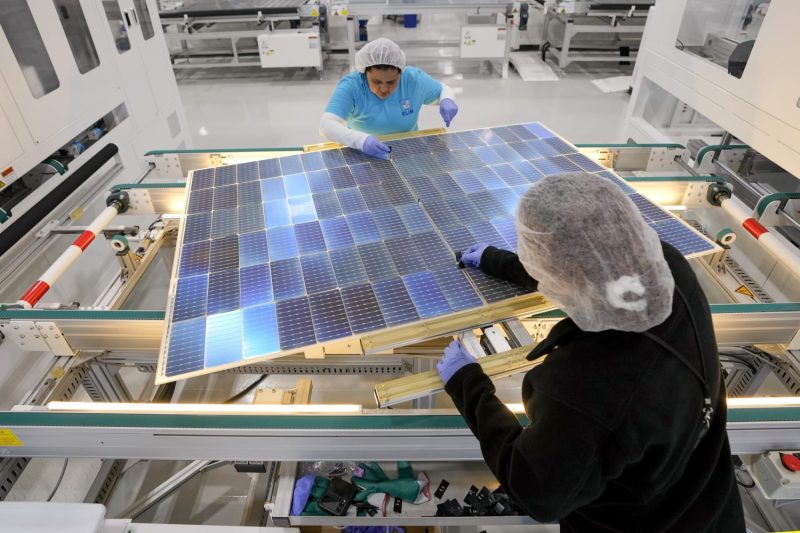The shift in the U.S. labor market towards skilled labor is a trend that reflects the evolving landscape of employment opportunities in the country. As white-collar hiring slows down, the demand for workers with specialized skills and expertise is on the rise. This transition is driven by various factors, including technological advancements, changing consumer preferences, and economic fluctuations.
One of the key drivers behind the increasing demand for skilled labor is the rapid advancement of technology. Automation and artificial intelligence are revolutionizing industries across the board, leading to a greater need for workers who possess the technical know-how to operate, maintain, and develop these technologies. As machines take over routine tasks, employers are seeking employees who can bring a higher level of problem-solving and critical thinking skills to the table.
Moreover, the changing nature of consumer preferences is also influencing the shift towards skilled labor. In today’s highly competitive market, companies are focusing more on providing personalized and high-quality products and services to their customers. This requires a workforce that is not only capable of understanding and responding to consumer needs but also of innovating and adapting to changing trends quickly.
Another factor driving the demand for skilled labor is the fluctuating economic landscape. As the global economy becomes increasingly interconnected, businesses are seeking workers who can navigate complex international markets and drive growth in the face of economic uncertainties. Skilled employees with cross-cultural competencies and expertise in emerging industries are becoming invaluable assets to companies looking to expand their operations on a global scale.
The rise of the gig economy is also contributing to the shift towards skilled labor. Freelancing and remote work opportunities are becoming more popular, offering skilled workers the flexibility to choose their projects and work on a schedule that suits their lifestyle. This trend is reshaping traditional employment models and creating new avenues for skilled professionals to capitalize on their expertise.
In conclusion, the shift in the U.S. labor market towards skilled labor is a multifaceted phenomenon that reflects the changing dynamics of the modern economy. As technology continues to advance, consumer preferences evolve, and the global market becomes increasingly competitive, the demand for workers with specialized skills and expertise will only continue to grow. Employers must adapt to this changing landscape by investing in training and upskilling their workforce to meet the demands of the future labor market. By embracing the shift towards skilled labor, companies can position themselves for success in an increasingly complex and dynamic business environment.



























